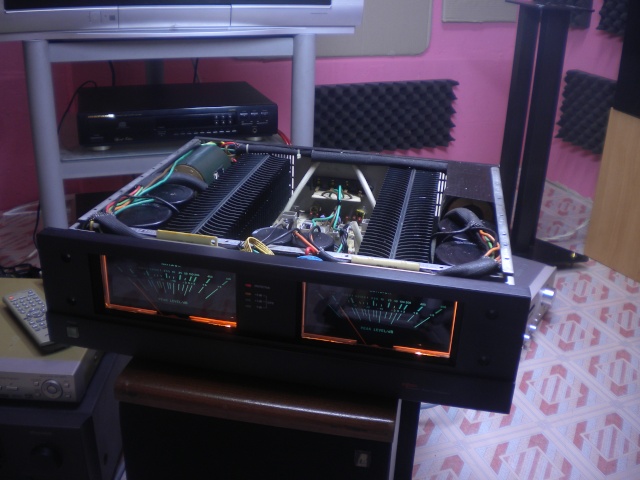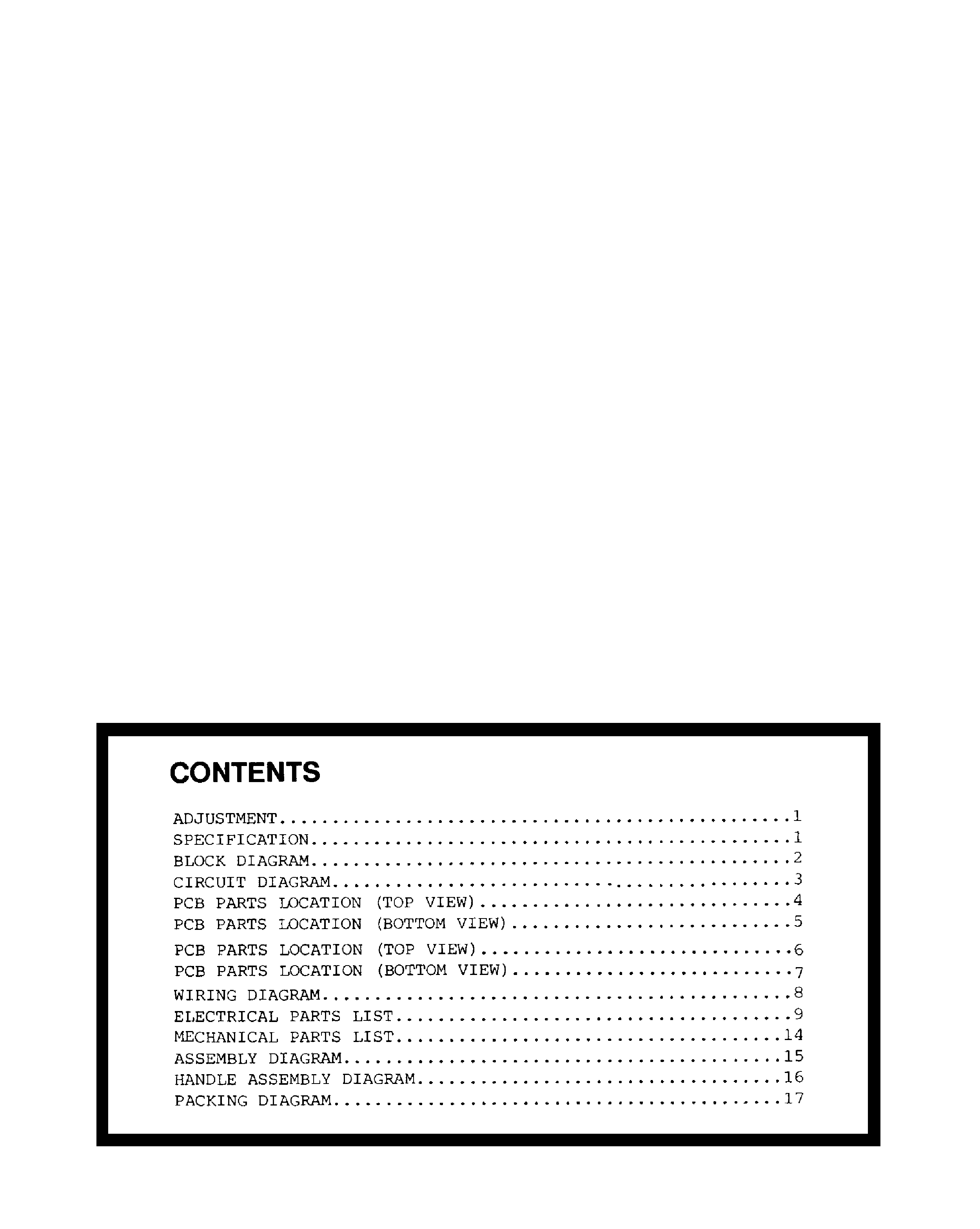
In total, 25,475 patients were recruited, and after exclusion and PSM, 4,847 (1,621 with a positive result, 1,606 with a negative result, and 1,621 with an inconclusive result) remained. Subgroup analysis evaluated treatment interactions, including medication and examinations. Clinical outcomes were compared in terms of all-cause death and cardiovascular (CV) death. Propensity score matching (PSM) was performed to adjust for confounders. Methods and Results: We retrospectively collected the data of patients who underwent an ECG-based treadmill stress test between August 2009 and March 2020. However, the outcomes of patients with an “inconclusive” result remain uncertain. Patients with a “positive” result have a higher risk than those with a “negative” result. Regarding the use of BBs (n=4,964), low-dose administration was significantly associated with MACCE in the ACS group (hazard ratio 1.41, P=0.012), but not in patients with CCS after adjustment for covariates.Ĭonclusions: HR ≥75 beats/min was associated with worse outcomes in patients with CCS or ACS.īackground: The exercise stress test is a widely used noninvasive test for diagnosing ischemic heart disease. Among patients with acute coronary syndrome (ACS) and patients with chronic coronary syndrome (CCS), those in Q4 (HR ≥75 beats/min) had a significantly greater incidence of major adverse cardiac and cerebral events (MACCE) compared with those in Q1 (ACS patients: hazard ratio 1.65, P=0.001 CCS patients: hazard ratio 1.45, P=0.019). Patients were divided into quartile groups based on their HR at discharge: Q1 (HR <60 beats/min), Q2 (HR 60–66 beats/min), Q3 (HR 67–74 beats/min), and Q4 (HR ≥75 beats/min). Methods and Results: We evaluated the data for 8,744 CAD patients who underwent cardiac catheterization from 6 university hospitals and the National Cerebral and Cardiovascular Center and who were registered using the Clinical Deep Data Accumulation System.

We sought to clarify the relationships among HR, BB dose, and prognosis in patients with CAD using a multimodal data acquisition system. Task sharing with CEs as the 1st assistant during ad hoc PCI could contribute to clinical safety in patients with coronary artery disease.īackground: The optimal heart rate (HR) and optimal dose of β-blockers (BBs) in patients with coronary artery disease (CAD) have been unclear. After propensity matching, fluorescence time, radiation exposure dose, and contrast medium amount were similar between groups.

The median amount of contrast medium was significantly reduced in the CE group. Fluorescence time and radiation exposure dose were significantly reduced in the CE group.

There was no increase in the ratio of procedural complications in the CE group (1.7%) versus the DR group (1.2%).

Procedural complications including coronary perforation or rupture, myocardial infarction, cerebral embolism, cardiovascular death, decreased kidney function, and radiation parameters were compared between the two clinical settings. We retrospectively included 286 patients who underwent ad hoc PCI following diagnostic catheterization for coronary artery disease between April 2019 and March 2021. Here, we aimed to investigate the safety of task sharing with clinical engineers (CEs) working as 1st assistant during ad hoc PCI. Percutaneous coronary intervention (PCI) requires multiple staff members, including interventional cardiologists, with the physical burden of heavy protective measures to minimize radiation exposure.


 0 kommentar(er)
0 kommentar(er)
